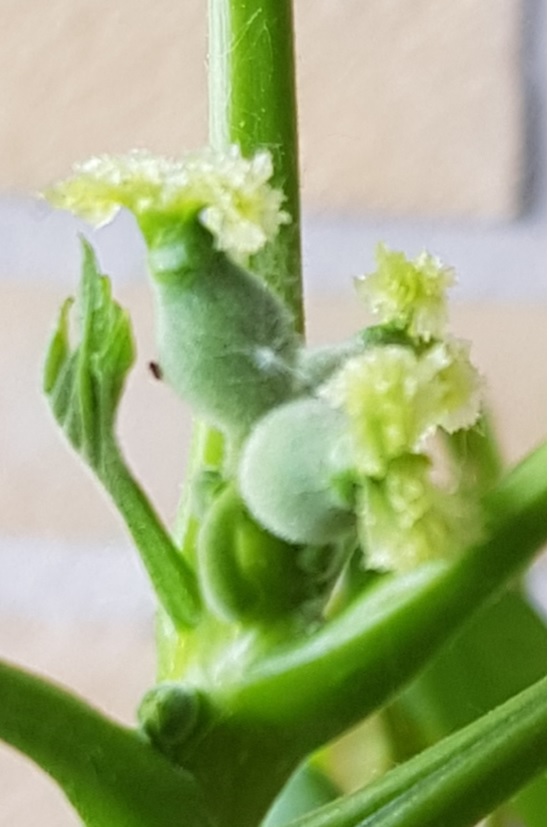that nuts are very healthy? Nuts contain, in varying amounts, healthy, unsaturated fatty acids, proteins and dietary fibre, Calcium, Phosphorus, Potassium, Copper, Magnesium, Manganese, Iron, Zinc, and vitamins A, B1, B2, B3, B5, B6, C and E and are gluten-free. Hazelnuts contain more antioxidants, sweet chestnuts extra high potassium. Eating a handful of different nuts every day is, except for people with, for example, a nut allergy, particularly good for health.
Hazelnut, Sweet Chestnut, Walnut, Almond and Pecan grow well in bigger parts of Europe, including the UK. Wencop Kwekerijen grows the stronger nut varieties, the ones with special, good properties.
If you put a walnut in the ground, a plant, a seedling, will undoubtedly grow out of it, and later probably a beautiful and large tree. But you will have to wait at least 10 years for this tree to bear fruit, if any! How much and how big these nuts grow, how long they can be stored and how they taste is unknown until then! Growers select trees with the best characteristics from seedling trees. The selected trees are given a name and propagated by grafting.
The Walnut trees we grow for the production of nuts are grafted as well. When grafting, the root system of a seedling, the rootstock, is united with a piece of branch from an older selected tree. By grafting, the young tree gets the characteristics of the mother tree and, not unimportantly, also the age, so that the young tree can bear fruit, already in the third year after grafting!
The walnut should be planted as a young, vital tree. When planting less vital trees, the recoil is great and it takes a long time before the tree starts to carry nuts again. A vital boom is a tree whose root system of an up to man-sized plant has not grown for more than three years and in the case of trees about 8 meters high has not grown in one place for more than five years. The best planting time is between mid-November and mid-February. Fertilize the soil with different forms of organic matter and work this well and deeply through the soil. You can only access it once and that's now. The planting hole should be large enough to place the roots well spread in it. The planting depth should be 5cm higher than how the tree was growing in the nursery. Give trees with a rootball a stable base under the rootball!
The Walnut is monoecious, so with purely female and purely male flowers, together on one tree.
The female flowers are fertilized by pollen that is spread through the air from the male inflorescence. In the end, only a few pollen grains end up on the stamp of a female flower. The stamp of a female has many folds and therefore a large surface area which increases the chance of fertilization. All 'wind pollinators' produce a lot of pollen grains, but a successful fertilization is strongly weather dependent, the number of nuts on a tree can therefore vary enormously from year to year.
After fertilization, the nut quickly increases in size and reaches its final size after about 3 months. The nut as we know it grows in a bolster. In Autumn the bolster splits open, the ripe nut falls out.
The spread and expansion of diseases can be prevented by collecting and burning or disposing of fallen leaves, pruning wood, branches and bolsters, composting is a less good idea for this. A herb-rich meadow and a lot of variety in the flora around the tree offer natural protection against diseases. Give annually, preferably different, organic fertilizer, this ensures a rich soil life, sufficient nutrients, trees with a better resistance and tastier nuts.

On the picture three female inflorescences. The stamps with the many tanning, the large catch area for pollen grains, are clearly visible. The bulb underneath is the fruiting principle, after fertilization it grows into a nut-filled bolster.